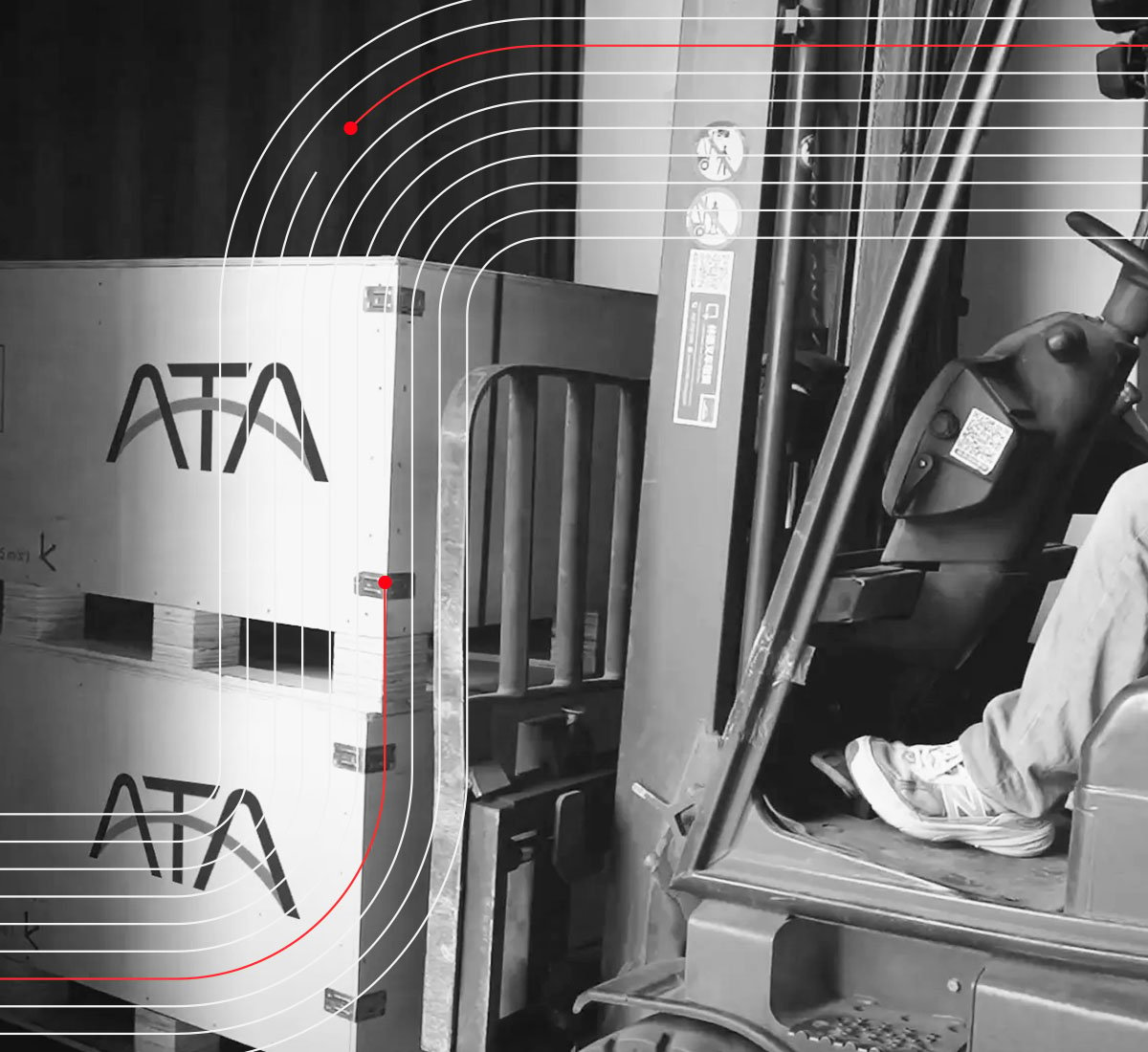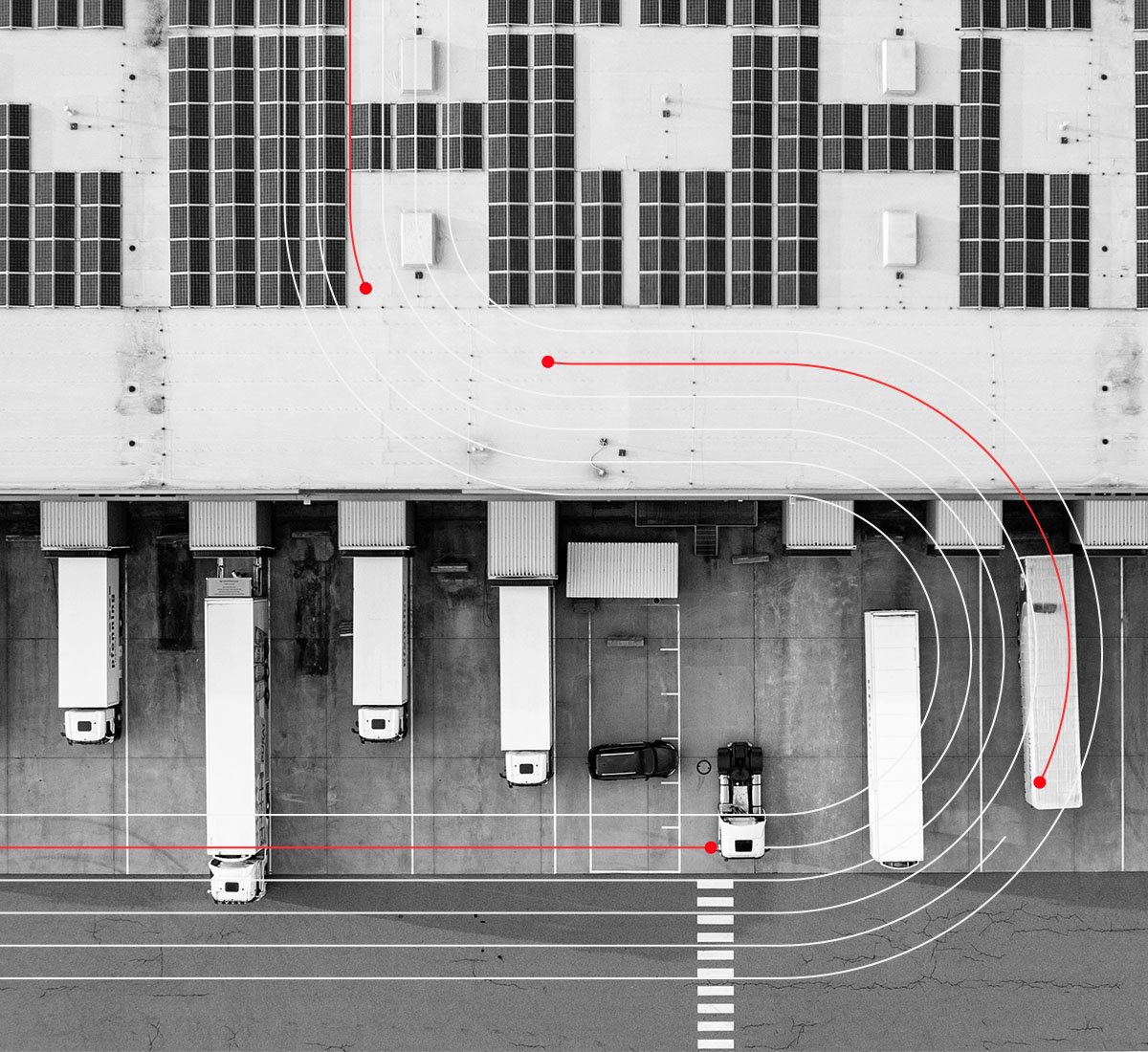Elevate Your Supply Chain Performance Through Intelligent
Orchestration.
Managing a machinery supply chain requires more than just moving parts—it demands a synchronized logistics ecosystem that connects suppliers, carriers, transportation, and warehousing into a single, optimized network. ATA reduces complexity through data-driven orchestration, backed by 30 years of award-winning experience in manufacturing logistics.


Why Most Machinery Suppliers Struggle to Achieve OEM Alignment
Machinery manufacturers operate in a high-stakes environment where precision, efficiency, and reliability are non-negotiable. However, many suppliers struggle to align with OEM expectations, resulting in costly delays, inefficiencies, and missed opportunities. As supply chains grow more complex, suppliers face critical challenges that impact their ability to scale, compete, and maintain strong OEM relationships.
Delivery & Capacity Constraints
JIT and JIS delays disrupt heavy equipment production.
Scaling & Cost Challenges
Poor oversized freight planning leads to bottlenecks and rising costs.
Technology Gaps
Lack of real-time tracking and predictive analytics slows decision-making.
Sustainability Pressure
Stricter OEM mandates and environmental regulations create compliance challenges.

Manufacturing Logistics Without the Complexity. We Blend Digital Intelligence with Logistics Execution.
ATA combines advanced supply chain technology with specialized logistics execution, providing machinery OEMs with end-to-end visibility, optimized inbound flows, and a fully integrated supply network.

OOG Cargo Handling & Provider Management
Secure, efficient movement of out-of-gauge (OOG) and oversized machinery.
Heavy Equipment Network Design & Optimization
Strategic planning for large-scale component transportation.
Supplier Integration for Complex Assemblies
Synchronizing multi-tier supplier networks with manufacturing workflows.
Cross-Border Strategy for Industrial Freight
Customized customs and trade compliance solutions for heavy machinery.

Seamless Logistics, Precision Execution, Unmatched Agility
Achieving supply chain synchronization means integrating JIT, JIC, and JIS strategies to move machinery components with speed, accuracy, and efficiency. ATA aligns oversized cargo movement, supplier networks, and production schedules to keep manufacturing operations running without delays.
-
Just-in-Time (JIT) – Lower inventory costs while keeping production on schedule.
-
Just-in-Case (JIC) – Strategic buffer management prevents supply disruptions.
-
Just-in-Sequence (JIS) – Sequenced deliveries align with factory workflows for optimized assembly.
First Mile Strategy
Optimize supplier coordination, customs compliance, and freight forwarding to ensure smooth inbound flows of raw materials and critical machinery components.
Middle Mile Precision
Implement cross-docking, sequencing, and multimodal transport solutions to minimize handling time and improve operational efficiency.
Last Mile Orchestration
Ensure sequenced, on-time deliveries of heavy machinery, subassemblies, and finished equipment to manufacturing plants and distribution hubs.

MyWay Omni: A Machinery-Focused Digital Supply Chain Platform
Real-Time Visibility, Predictive Analytics, and Automated Logistics
ATA’s ERP-ready MyWay Omni platform connects machinery OEMs, suppliers, and logistics providers, simplifying complex supply chain execution.
- End-to-End Visibility – Track OOG shipments, multimodal logistics, and supplier performance in real time.
- Predictive Analytics – Identify supply chain disruptions before they impact production.
- Automated Workflow Integration – Streamline order management, PO consolidation, and supplier collaboration.
ERP & System Compatibility – Seamless connectivity with ERP, WMS, and TMS systems. - Customizable Dashboards & Alerts – Real-time tracking of KPIs, exceptions, and operational performance.
- Multi-Tier Supplier & Carrier Connectivity – A single network for OEMs, Tier 1 & Tier 2 suppliers, 3PLs, and carriers.
- Financial & Compliance Integration – Automated invoice matching, cost controls, and compliance tracking.



Carrier Management & Optimization
Enhancing Capacity, Reliability, and Cost Efficiency
Managing heavy machinery logistics requires careful carrier selection, multimodal transport strategies, and ongoing performance monitoring. ATA’s carrier management solutions ensure seamless execution at every step.
- Strategic Carrier Selection – Evaluate specialized heavy-haul, flatbed, and multimodal carriers.
- Multimodal Carrier Portfolio – Flexible options for ocean, air, rail, and road transport.
- Rate Negotiation & Management – Cost control through strategic contract sourcing.
- Performance Management System – Continuous KPI monitoring for service reliability.
- Capacity Planning & Forecasting – Prevent seasonal bottlenecks and supply chain disruptions.
- Carrier Collaboration – Ongoing compliance oversight and performance improvement initiatives.
Supplier & Logistics Provider Management
Simplified vendor management, enhanced performance, and reduced logistics costs.
Managing machinery suppliers, carriers, and 3PL partners requires coordinated execution, cost control, and end-to-end visibility. ATA’s supplier management solutions enhance supply chain efficiency.
- Multi-Provider Oversight – Centralized management of suppliers, 3PLs, specialized carriers, and warehousing partners.
- Enterprise Data Integration – Connected supplier data for real-time visibility into shipments and inventory.
- Performance Management System – SLA monitoring, compliance tracking, and KPI-based reporting.
- Strategic Sourcing Optimization – Data-driven provider selection for the most cost-effective logistics solutions.


Supply Chain Intelligence & Analytics
Data-Driven Decision Making That Reduces Costs and Increases Resilience.
ATA leverages predictive analytics, real-time intelligence, and advanced network modeling to optimize heavy equipment logistics.
- Strategic Network Analysis – Optimized supplier locations and transport routes for oversized cargo.
- Decision Support Systems – AI-powered analytics to optimize freight mode selection and consolidation.
- Risk Assessment & Mitigation – Identify potential supply chain vulnerabilities and disruptions.
- Continuous Improvement Programs – Data-driven logistics refinement for ongoing efficiency.

How We Work with OEMs & Suppliers
ATA's approach to supply chain orchestration follows a proven methodology that ensures measurable results while minimizing disruption to your operations.
1
Strategic Assessment Evaluate supplier networks and logistics providers, identifying cost reduction and efficiency opportunities.2
Custom Roadmap Development Align logistics improvements with manufacturing strategy and production schedules.3
Phased Implementation Prioritize high-impact logistics enhancements while maintaining continuity.4
Performance Measurement Monitor KPI benchmarks and supplier performance for continuous improvement.5
Sustained Management & Support Ongoing logistics oversight and strategic supply chain guidance.

Related Solutions & Services
4PL Supply Chain Solutions
Connect Your Supplier Network with MyWay Omni
Supplier Network Program

Supply Chain Orchestration FAQs




